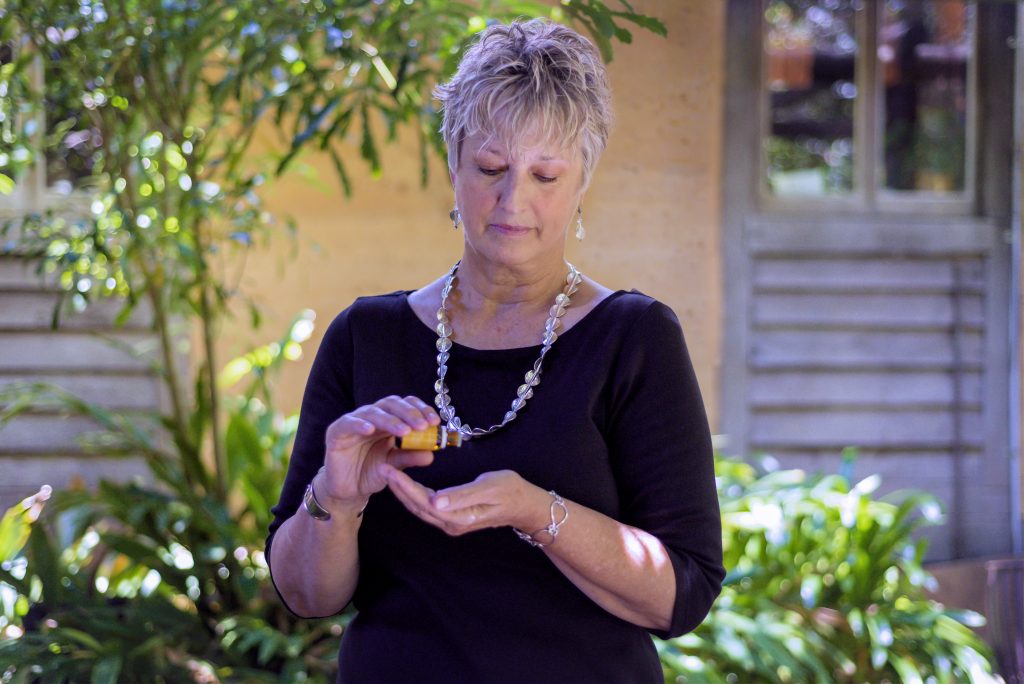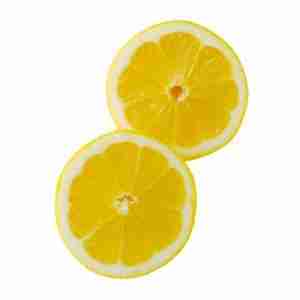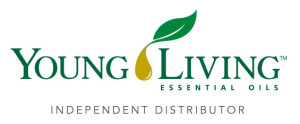
Essential Oils for Overall Health and Specific Health Problems
I started getting involved with essential oils in 1999 when I finished my massage therapy training. What interested me most about the oils is something I’m not allowed to tell you!
Due to certain governmental restrictions, I’m not allowed to share with you my specific reasons for what excited me most about essential oils. But please stick with me and read on… and please read between the lines.
Keep in mind the fact that I had just lost my mother to breast cancer which had spread to her bones and I was looking for anything and everything I could find to help protect myself. When I discovered how essential oils help to oxygenate the body (always keeping in mind the knowledge that certain diseases love to grow in anaerobic – meaning without oxygen – conditions), and boost immunity, help repair cells, and a myriad of other things, I got very excited. My reading of the research led me to understand how essential oils can help with illness, emotions, immunity… so much.
Image Source: freedigitalphotos.net / Ambro
Did you know that many pharmaceutical drugs are based on the natural phytochemicals obtained from plants? For instance, the chemotherapy drug Taxol® is based on phytochemicals found in the Pacific Yew tree (Taxus brevifolia). Aspirin is based on a phytochemical known as methyl salicylate found in wintergreen (Gaultheria procumbens), birch tree bark (genus Betula) and willow bark (genus Salix).
Plants have been studied and used for centuries for medicinal purposes and what they’ve discovered is that essential oils are the life-blood of the plant. They have many healing properties. They protect the plant’s immune system and they can do the same for ours.
Pharmaceuticals are often based on the natural chemicals found in plants and pharmaceutical companies can create patentable drugs that imitate the healing properties of these natural oils. The problem with drugs, however, is that they often have so many side effects. Essential oils are the best thing nature could offer us in the way of medicine and their side effects are often more energy, improved digestion, better sleep, fewer colds and flu, and so much more.
I spent a lot of time researching which brand of essential oils are the best. While involved in these studies, I discovered that many of the essential oils we buy are often not helpful, and so many can actually be harmful. Some of the reasons for this are:
- The companies claim that their oils are “pure and therapeutic” but are actually grown down-wind or down-stream from a non-organic farm;
- Some are improperly distilled, at too high a pressure or temperature, or too short a time, and this means they are not getting the maximum amount of therapeutic properties from the oil; and
- Many essential oils are adulterated with chemical extenders that smell as delightful as the “good stuff” in the oil, but this takes away the therapeutic properties and renders the oil ineffective. Some of these oils could be damaging to the body if applied topically, ingested or inhaled.
So you can see why it’s really important to find the best source of essential oils that you can. If you don’t know and trust your supplier, you have no way of knowing what you’re buying. Most likely the health food shop you’re buying them from has little idea about quality either.
I found a brand that I trust implicitly. This company uses the most stringent testing procedures on every single batch of essential oil and grows most of the plants in order to maintain the highest and best procedures.
Here is my list of the most useful essential oils, research backed (UPDATED AUGUST 2021), in alphabetical order:
1. Basil (Ocimum basilicum)
2. Bay Laurel (Laurus nobilis)
3. Bergamot (Citrus bergamia)
4. Black Pepper (Piper nigrum)
5. Cedarwood (Cedrus atlantica)
6. Chamomile, German (Matricaria recutita)
7. Chamomile, Roman (Chamaemelum nobile)
8. Cinnamon Bark (Cinnamomum verum)
9. Clove (Syzygium aromaticum)
10. Copaiba (Copaifera reticulata/langsdorfii)
11. Cypress (Cupressus sempervirens)
12. Cypress, Blue (Callitris intratropica)
13. Dorado Azul (Hyptis suaveolens)
14. Douglas Fir (Pseudotsuga menziesii)
15. Elemi (Canarium luzonicum)
16. Fragonia (Agonis fragrans)
17. Frankincense (Boswellia carterii , Boswellia serrata)
18. Frankincense Sacred (Boswellia sacra)
19. Galbanum (Ferula gummosa)
20. Geranium (Pelargonium graveolens)
21. Ginger (Zingiber officinale)
22. Grapefruit (Citrus paradisi)
23. Helichrysum (Helichrysum italicum)
24. Hinoki (Chamaecyparis obtusa)
25. Idaho Balsam Fir (Abies balsamea)
26. Jasmine (Jasminum officinale)
27. Juniper (Juniperus osteosperma, Juniperus scopulorum)
28. Lavender (Lavendula angustifolia)
29. Ledum (Ledum groenlandicum)
30. Lemon (Citrus limon)
31. Lemon Myrtle (Backhousia citriodora)
32. Lemongrass (Cymbopogon flexuosus)
33. Lime (Citrus aurantifolia)
34. Mandarin (Citrus reticulata) sometimes referred to as Tangerine
35. Manuka (Leptospermum scoparium)
36. Marjoram (Origanum majorana)
37. Melissa (Melissa officinalis) a/k/a Lemon Balm
38. Myrrh (Commiphora myrrha)
39. Myrtle (Myrtus communis)
40. Ocotea (Ocotea quixos)
41. Orange (Citrus sinensis)
42. Oregano (Origanum compactum, Origanum vulgare, Origanum majorana, Origanum onites, Origanum minutiflorum)
43. Palmarosa (Cymbopogon martinii)
44. Palo Santo (Bursera graveolens)
45. Patchouli (Pogostemon cablin)
46. Peppermint (Mentha piperita)
47. Pine (Pinus sylvestris)
48. Ravintsara (Cinnamonum camphora)
49. Rose (Rosa damascena)
50. Rosemary (Rosmarinus officinalis)
51. Sage (Salvia officinalis)
52. St John’s Wort (Hypericum perforatum)
53. Sandalwood (Santalum album, Santalum spicatum)
54. Spruce (Picea mariana), also known as Black Spruce, Northern Lights Black Spruce
55. Spruce, Idaho Blue (Picea pungens)
56. Tangerine (Citrus nobilis)
57. Thyme (Thymus vulgaris)
58. Tsuga (Tsuga canadensis)
59. White Fir (Abies concolor)
60. Xiang Mao (Cymbopogon citratus) also known as Red Lemongrass
I have personally read research on each and every one of these oils demonstrating their health-promoting activity. You can read it too, just by going to the pubmed.gov website and putting the scientific name of the plant (and sometimes the common name too) into the search field.
The brand I love and have used since 1999? Young Living Essential Oils, for many different reasons. Yes they are readily available all over the Internet from various people, but if you purchase from me, it helps to fund my ability to keep this website out there for the benefit of others who need this information. Thank you! Use the Get In Touch form to register your interest.
For more information on how to use the oils and some good ways to pair them up, see my page Awesome Essential Oil Combos.
GET MY BEST TIPS on healthy ways to heal your body by signing up for my free e-newsletters and e-books below! You can also “like” me on Facebook (Marnie Clark, Breast Health Coach) to get my inspirational snippets, news and health information. I promise to do my utmost to keep you informed and empowered on your healing journey… and beyond.
All material provided on this website is provided for informational or educational purposes only, and is not intended as a substitute for the advice provided by your healthcare professional or physician.




